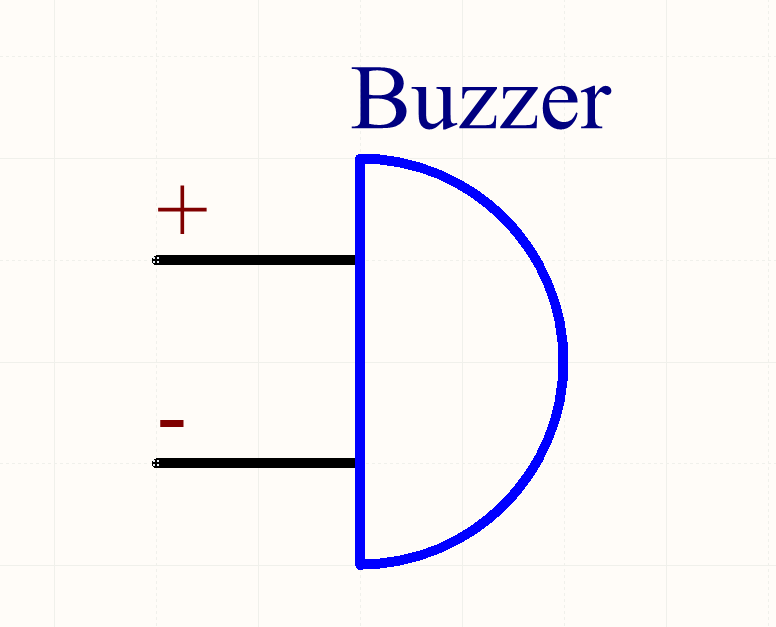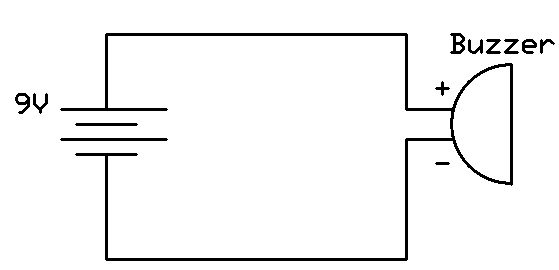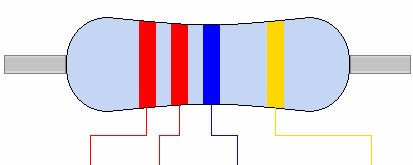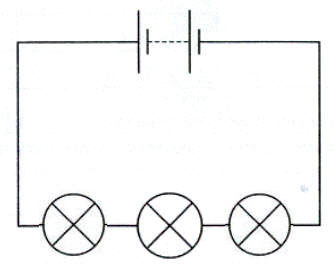An example is copper wire.

Rt = R1 + R2 + R3+....+Rn
Voltage - Volts - V
Resistance - Ohms - Ω
Current - Amphers - A

1/RT = 1/R1 +1/R2 + 1/R3+....+1/Rn
10KΩ ±10%
What is the difference between these two circuits?


Calculate the total resistance of a series circuit with the following resistance: R1=8Ω, R2=10Ω, R3=30Ω, and R4=12Ω
Rt =8Ω+10Ω+30Ω+12Ω
Rt =60Ω

10KΩ ±5%
Which orientation is the best for connecting the buzzer in a circuit where the resistor is located?


You must connect the positive pole of the buzzer to the same wire that is connected to the positive pole of the battery.


Calculate the total resistance in a parallel circuit with the following resistance: R1=2Ω, R2=3Ω, R3=6Ω, and R4=18Ω
1/Rt = 1/2Ω +1/3Ω+1/6Ω+1/18Ω
1/Rt = 9/18Ω + 6/18Ω +3/18Ω +1/18Ω
1/Rt =19/18Ω
Rt =18/19Ω
Rt = 0.947Ω

22MΩ ±5%
There are two circuits each with 3 bulbs. One is connected in parallel and one in series. Which bulbs will shine brighter? What is the antonym of brighter?
Series Parallel


The bulbs in parallel are brighter and the bulbs in series are dimmer.
In a series circuit the voltage is divided by the number of bulbs:
Vt =V1 + V2 + V3
In parallel the voltage across all bulbs are the same: Vt =V1 = V2 = V3



Find total resistance of parallel resistors:
1/Rtp = 1/R2 + 1/R3
1/Rtp = 1/30Ω+ 1/50Ω
1/Rtp = 5/150Ω + 3/150Ω
1/Rtp = 8/150Ω
Rtp = 150/8Ω = 18.75Ω
Now find total resistance.
Rt = R1 + Rpt + R4
Rt = 20Ω + 18.75Ω +20Ω
Rt = 58.75Ω
0.75Ω ± 10%
A resistor because it reduces the amount of current that flows through the LED. The value is 220Ω